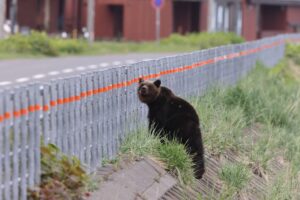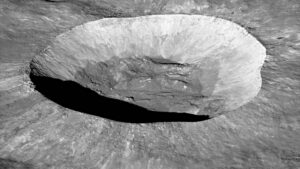For the first time in a half century, humankind returned to the moon on Monday.
Well, kind of.
NASA’s Orion capsule skimmed the lunar surface on its way to a record-breaking orbit — but with test dummies instead of astronauts. The unmanned space flight is merely a step toward putting people back on the moon, which NASA hopes to accomplish by 2024.
NASA officials said the flight went exactly as planned, much like its recent planetary defense test. Orion represents a major milestone since the Apollo program captured the world’s imagination 50 years ago, agency officials said.
This $4.1 billion test flight came within 130km of the moon’s surface on Monday, but it took 370,000km of space travel to reach it from Earth. As with the Apollo missions, the capsule’s cameras sent back another iconic image of our home planet.
“Our pale blue dot and its 8 billion human inhabitants now coming into view,” Mission Control commentator Sandra Jones says in the NASA video below.
A nostalgic trip
Orion even had a glimpse of Tranquility Base, where Neil Armstrong and Buzz Aldrin landed on July 20, 1969, one of the most iconic moments in human history.
“This is one of those days that you’ve been thinking about and talking about for a long, long time,” flight director Zeb Scoville told The Associated Press.
Achieving this latest space flight wasn’t easy. Orion used the most powerful rocket ever built by NASA to make the trip from Florida’s Kennedy Space Center. (It even damaged the launch pad. The rocket’s 4 million kilograms of liftoff thrust tore off the blast doors of the elevator, the AP reported.)
It’s a big rocket because Orion needed enough force to slingshot around the moon and reach the necessary speed for entering the lunar orbit. The capsule ultimately achieved a velocity above 8,000kph.
But Orion’s adventure has only just begun.
NASA officials expect it to beat the agency’s distance record for a spacecraft designed for human occupants. It should reach a maximum distance from Earth of 433,000km, or 33,000km more than Apollo 13’s trip in 1970.
With NASA’s Artemis program, the agency plans to put humans back on the moon sometime within the next few years. The agency said it plans to make sure the program eventually puts a woman and a person of color on the earth’s lone natural satellite.






